Subaru’s EyeSight Technology has now graced over 5 million cars, making the roads safer for all.
Advanced Driver Assist Systems (ADAS) has been one of the largest technological leaps in motor vehicle safety. With ADAS, technology has been used to improve road safety, helping to reduce the dangers of human error. Subaru were one of the earliest brands to pioneer the field of ADAS with EyeSight. EyeSight technology was first introduced 14 years ago in May 2008. Today, Subaru Corporation says that they’ve sold over 5,000,000 vehicles equipped with EyeSight. In Malaysia, both the Forester and XV models are available with EyeSight technology.

In the beginning, EyeSight was rather rudimentary but it was still breakthrough technology for its time. EyeSight is also a pioneer in using just a stereo camera setup for its functions, which include pre-collision braking with detection for cars, pedestrians, cyclists, and motorcyclists. Research indicates that EyeSight-equipped vehicles have an accident rate of just 0.06% in Japan. In the USA, EyeSight-equipped vehicles have been found to reduce rear-end crashes with injuries by up to 85%.
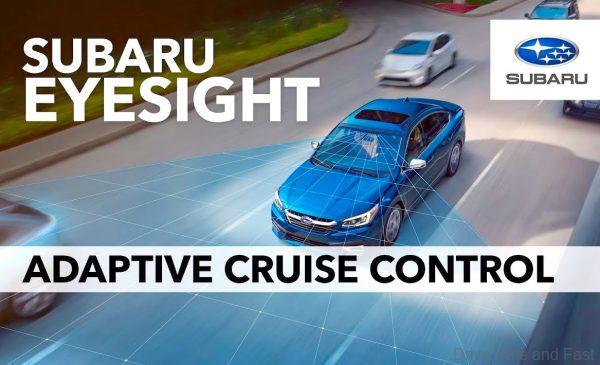
Development of core components that go into EyeSight began all the way back in 1989 and today, Subaru are working on integrating AI judgement capabilities into the system at their Subaru Lab in Shibuya, Tokyo.

Here’s the press release with more.
PRESS RELEASE
Subaru Corporation today announced that cumulative global sales of Subaru vehicles equipped with its EyeSight driver assist system surpassed five million units in June this year. The milestone was accomplished after 14 years and one month since the system was first introduced in Japan in May 2008.
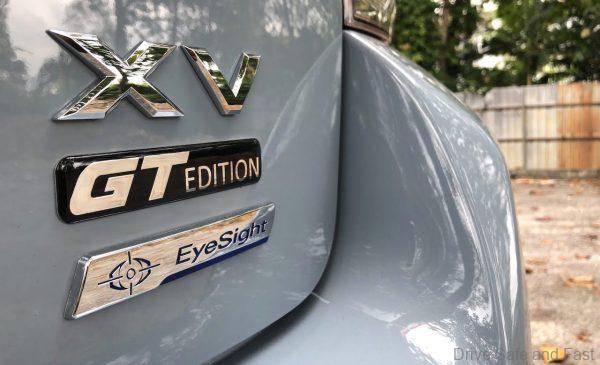
EyeSight achieved a world first in using solely stereo camera technology to provide driver assist features such as adaptive cruise control and pre-collision braking that detects not only cars, but also pedestrians, cyclists, and motorcyclists in the vehicle’s path. EyeSight-equipped models currently account for 91% of Subaru’s global sales.
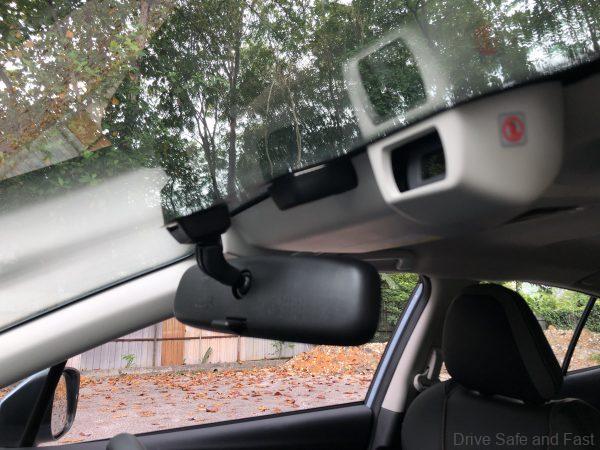
With the superior recognition capabilities of its stereo camera technology, EyeSight has constantly been awarded top ratings by independent agencies around the world and has contributed to strengthening Subaru’s preventive safety performance over the years.
A study by Subaru based on data from Japan’s Institute for Traffic Accident Research and Data Analysis (ITARDA) has revealed the accident rate of EyeSight-equipped vehicles is as low as 0.06% in Japan while a study conducted by Insurance Institute for Highway Safety (IIHS) has found the system reduces rear end crashes with injuries by up to 85% in the U.S.
For over 30 years since launching vehicle-mounted stereo camera development in 1989, Subaru has continually enhanced its stereo camera technology, the core component of EyeSight. The latest generation EyeSight comes equipped with a redesigned stereo camera that features a much wider viewing angle, and combined with improved image recognition and processing software, it offers enhanced driver assist functions in a wider range of situations.
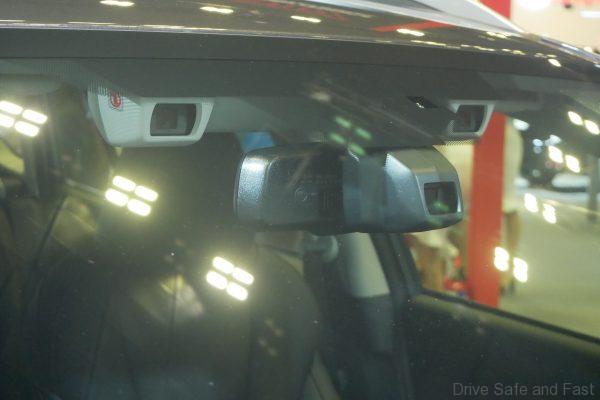
Subaru also introduced the EyeSight X advanced driver assist system in Japan. Featuring the new stereo camera combined with four radars located in front and rear bumpers, a newly-developed high-definition map and vehicle locator, and other advanced technologies, EyeSight X offers extended functions such as lane change assist, speed control before entering a curve, and hands-off driving assist in traffic congestion, ensuring a safer and more comfortable driving experience on Japanese highways.
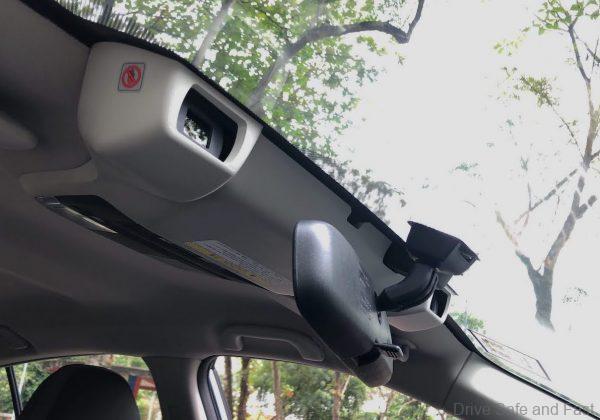
In 2020, Subaru opened Subaru Lab, an AI development base, in Tokyo’s Shibuya area, where it is conducting research and development to integrate AI judgment capabilities into the stereo camera technology of EyeSight, with the goal of further enhancing vehicle safety.
Subaru will continue to refine primary, active, preventive, passive, and connected safety technologies that underpin its All-Around Safety philosophy, in order to provide “Enjoyment and Peace of Mind” to its customers around the world.

